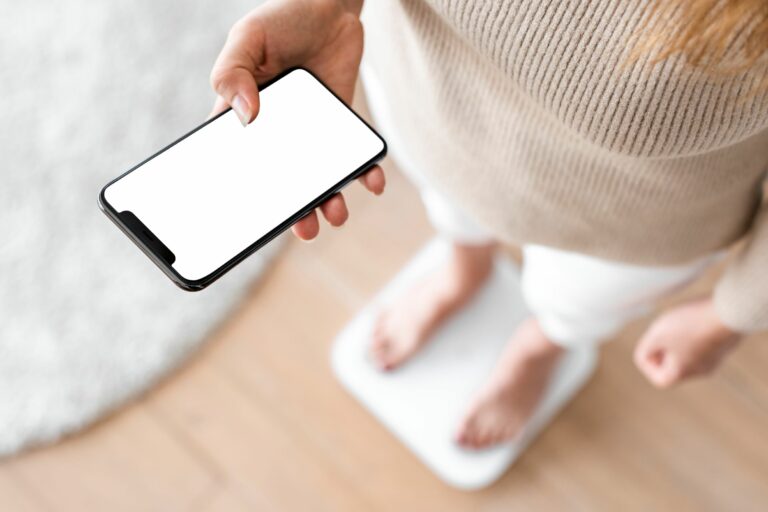Remote Patient Monitoring (RPM) devices are at the forefront of a healthcare revolution, especially as the demand for accessible and efficient healthcare services rises. These medical devices are designed to remotely collect and transmit health data in real time, providing healthcare professionals with the tools they need to monitor patients effectively from afar.
Innovation in remote patient monitoring has significantly improved access to healthcare services for populations that previously faced challenges reaching medical facilities. Wearable technology provides an opportunity to extend healthcare services beyond traditional clinical settings, ensuring that individuals in remote or underserved areas receive adequate medical attention. This approach not only monitors patients efficiently but also reduces the overall burden on healthcare infrastructure.
This article will explore how remote monitoring devices work, their benefits, and their impact on healthcare delivery, especially for patients with chronic conditions.
The Rise of Remote Patient Monitoring Devices
Remote patient monitoring devices are designed to collect various health data—such as heart rate, blood pressure, body temperature, and glucose levels—to help monitor patients without the need for frequent hospital visits. As highlighted in the article of Health Recovery Solutions, RPM devices such as pulse oximeters, blood pressure monitors, and glucose monitoring systems are now commonplace. This real-time data transmission supports proactive healthcare delivery and timely intervention.
The adoption of remote patient monitoring devices has grown rapidly, driven by the increasing need for effective chronic care management and the convenience these devices provide to both patients and healthcare professionals. According to a report by eMarketer, the RPM market is expected to grow by 12.5% annually, reaching $117.1 billion by 2025. This growth is a testament to the expanding trust in remote healthcare technologies and the recognized benefits of RPM.
For patients with chronic conditions like Chronic Obstructive Pulmonary Disease (COPD), remote patient monitoring RPM provides an opportunity to reduce emergency room visits and improve overall patient care. The treatment plan can be adjusted swiftly based on real-time health data, ensuring that patients receive tailored interventions when they need them most. DrKumo’s remote patient monitoring solutions are a prime example of how modern technology integrates with healthcare to provide seamless patient care at home.
Types of Remote Monitoring Devices in Healthcare
1. Blood Pressure Monitors
Blood pressure monitoring has become a cornerstone in chronic care management for conditions such as hypertension. By using RPM, doctors can analyze trends and develop more effective disease management protocols for each patient. Connected blood pressure monitoring devices are integral in maintaining control of cardiovascular conditions, allowing healthcare professionals to adjust medication as needed.
2. Wearable Devices for Heart Rate and Fitness Tracking
Wearable health devices have become a critical part of remote monitoring solutions. From tracking heart rate to monitoring physical activity, these wearables offer valuable health insights that empower both patients and providers. Wearables, such as smartwatches, can help patients understand their physical activity levels, which is particularly beneficial for those managing cardiovascular diseases.
3. Glucose Monitoring Devices
Managing diabetes is another area where RPM devices have proven essential. The Centers for Disease Control and Prevention (CDC) estimates that approximately 11.6% of the U.S. population has diabetes; glucose monitoring devices allow patients to measure their blood sugar levels at regular intervals. These devices help patients maintain their glucose within healthy ranges while giving healthcare providers real-time updates to assist in managing and adjusting the treatment plan as needed.
How Can Remote Monitoring Devices Improve RPM?
Remote patient monitoring (RPM) devices are continuing to improve, particularly through the integration of wearable technology, artificial intelligence (AI), and enhanced user-friendly features. These advancements are transforming how healthcare providers deliver personalized and continuous care. Here’s how these devices can further enhance RPM:
Wearable Devices for Mental and Behavioral Health
Wearables, such as smartwatches, now support mental health monitoring by tracking physiological data like sleep quality, heart rate, and even stress levels through electrodermal activity (EDA) sensors. For patients dealing with conditions like depression and anxiety, these devices can provide real-time insights into their emotional and physical states, offering healthcare providers objective data that improves diagnostic accuracy and treatment personalization. This is especially useful for mental health care, where patients can track their symptoms and share comprehensive reports with clinicians.
Real-Time Monitoring in Conflict and Disaster Zones
RPM devices have been illustrated to show their potential effectiveness in extreme environments, such as war-torn areas in Ukraine. The technology can enable healthcare providers to monitor the health of patients who are far from medical facilities, even when traditional healthcare infrastructure is disrupted. DrKumo’s RPM solutions, for instance, use military-grade wearables to collect vital health data—such as heart rate, blood oxygen levels, and body temperature—and transmit it securely to healthcare providers. This ensures that civilians and military personnel in disaster zones receive timely care.
Personalized Chronic Condition Management
Wearables designed for RPM not only monitor basic health metrics like heart rate and glucose levels but also provide detailed insights into body composition, sleep stages, and even abnormal heart rhythms (AFib). This allows healthcare providers to offer tailored interventions for patients with chronic conditions such as diabetes, hypertension, and cardiovascular disease. These devices have been shown to reduce hospital visits and improve overall patient outcomes by facilitating early detection of health issues.
Challenges in Implementing Remote Patient Monitoring Programs
While RPM technology offers numerous benefits, it also presents challenges that need to be addressed for its successful implementation:
Data Privacy and Security: With the collection of real-time health data, there are concerns about privacy and data security. It’s essential to have robust protocols in place, such as adherence to the NIST and NCCoE cybersecurity frameworks, to ensure patient data remains secure.
Technology Barriers: Not all patients are comfortable using new technologies. Providing adequate training and support for patients, particularly elderly populations, is crucial for successful implementation. Patient readiness and education play an essential role in bridging the gap between available technology and patient utilization, as discussed in resources like telehealth and RPM.
Integration with Healthcare Systems: Effective RPM requires seamless integration with electronic health records (EHRs) and other healthcare management systems. The lack of standardization across different platforms can complicate data sharing and integration, hindering the overall efficacy of RPM programs.
Takeaways
Remote patient monitoring devices have revolutionized healthcare by offering proactive and real-time health monitoring, significantly improving outcomes for patients with chronic conditions. Through devices that monitor heart rate, glucose levels, body temperature, and more, RPM has brought healthcare to the comfort of patients’ homes, enhancing the quality of care while reducing the need for hospital visits.
Whether in routine chronic disease management or in responding to healthcare crises, RPM devices are playing a transformative role in monitoring patients and improving patient outcomes. For those seeking better health through innovative technology, remote patient monitoring RPM represents the future of personalized and accessible care.
To learn more about the impact and implementation of remote patient monitoring, visit DrKumo’s RPM solutions.
Disclaimer: This blog is intended for informational purposes only and should not replace professional medical advice. Consult your healthcare provider for personalized guidance on managing your chronic condition.








